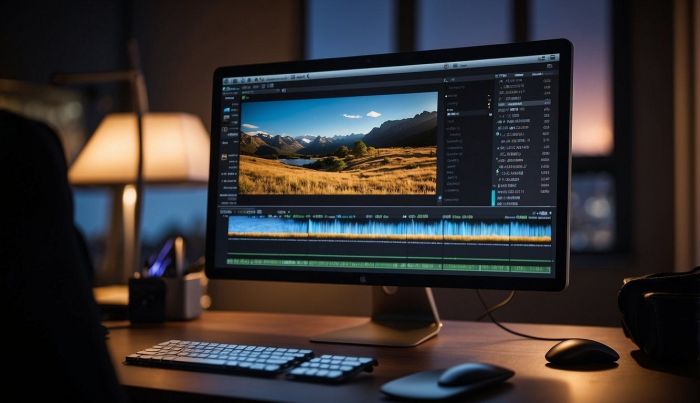Final Cut is one of the best video editors on the market. It’s used in a plethora of Hollywood productions, it’s very appealing to creators worldwide, while also conveying a great sense of performance and quality. But as with any other app, that doesn’t mean it’s perfect. If anything, Final Cut has its flows and it can be very slow at times. Here we will learn why Final Cut is slow and how we can speed it up!

Maybe the slow Final Cut problem comes from the app rendering in the background. That’s certainly a possibility, and it will require lots of resources to do the rendering. If you want to disable that, go to Settings/Playback and here you want to deselect the Background Render option.
Enter the Settings panel for that, and here you want to select the checkbox called “create optimized media”. It will allow you to improve the import preferences, while streamlining the process and enhancing everything appropriately.
As you can imagine, cache can add up and that will slow down your Final Cut installation. The best thing you can do in this situation is to quit Final Cut, open it while holding Option-Command. Then, you will receive a pop-up where you can delete the custom settings.
If you want to do a complete cleanup, you can go to File/Delete Generated Library Files, and here you want to click Delete Render Files, select all those files and then click on Ok to confirm. Deleting cache is going to help and it certainly improves the process, while streamlining the entire experience. It’s very important to always focus on removing these unnecessary files whenever you have the possibility.
Why would you want to do that? Freeing up space on your Mac is great, because it helps ensure Final Cut has plenty of space to work with. In general, you want to have over 100 GB available. You can enter the General system settings and then Storage. Here you can see what is occupying a lot of space.
An alternative here is to use a Mac cleanup tool. The role of a cleanup tool is to make sure that you remove any unnecessary files, including temporary files. It will also allow you to uninstall apps, which can prove to be very beneficial, especially if you need a lot of space right now.
As we mentioned earlier, Final Cut is a resource hog. So it will always require a lot of resources from your side. That means you need to try and quit all the current programs, to offer Final Cut more resources to work with. And thankfully, that process is quite seamless, and it will be easy to manage.
You can quit apps from the Activity Monitor. Enter that app, go to Memory and in here you want to select all those apps that you want to quit. You can also choose to quit any of them individually, if you want.
What’s always important is to try and provide Final Cut with as many resources as you can. Once you do that, it will help make the process easier, while saving you a ton of time. It’s not always going to be a simple process, but it certainly works. And if you also optimize Final Cut settings as well as remove its cache, all of that will help quite a bit. It certainly eliminates a lot of problems, without having to worry about a lack of performance in the future!
Be the first to post comment!